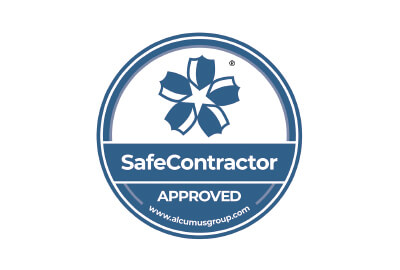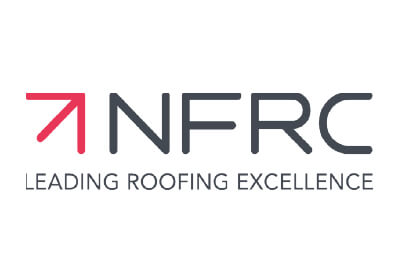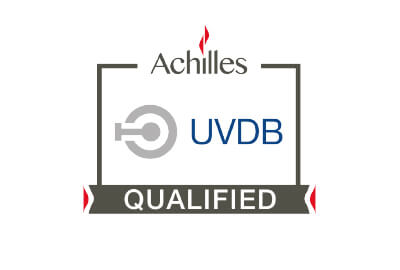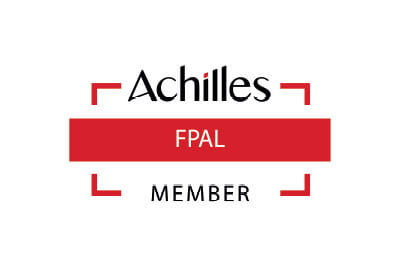Winter is one of the toughest times for any roof. With heavy rain, freezing temperatures, snow, ice-dams and general harsh conditions, a leak that may have been “just a drip” in one season can turn into a full-blown problem in the next. In this guide, we’ll walk you through how to perform roof leak detection, what to do when you discover a leak, and how to manage roof leak repair in winter. Whether you’re a homeowner or manage a commercial building, knowing the right steps (and when to call professionals) will save you time, money and stress.
We’ll also weave in related services offered by Balmore Specialist, such as rope access in Glasgow, emergency roofers in Glasgow, flat roof recoat and more, because when access is tricky and the weather is cold, you’ll want the right team on your side.

Understanding the Problem: Why Roof Leaks Happen in Winter
Common causes of winter leaks
When the temperature drops and precipitation increases, roofs face multiple threats:
- Ice dams: Snow melts on the warmer part of the roof, then refreezes at the eaves or gutters, blocking drainage and forcing water under roofing membranes.
- Freeze-thaw cycles: Water enters tiny cracks or gaps in the roof covering, freezes, expands, and causes the cracks to widen. Over time, this leads to leaks.
- Heavy rain or snow: A roof already compromised by missing or damaged shingles, worn flashing, or clogged gutters is far more vulnerable when heavy precipitation arrives.
- Poor ventilation or insulation: Warm air inside the building rising through the roof space can accelerate snow melt, contribute to ice dams, or cause condensation that mimics a leak.
Why early roof leak detection matters?
Detecting a leak early can dramatically reduce costs and damage:
- It prevents structural deterioration (timber rot, corroded fixings)
- It reduces the risk of internal damage, ceilings, insulation, and mould
- It avoids disruption, especially for commercial buildings, and downtime or asset loss can be costly
- It improves decision-making: you can decide between a targeted repair vs a major overhaul
As one expert says, “Ignoring a small roof leak can lead to significant home structure and health problems if not addressed.”
Step-by-Step: Roof Leak Detection in Winter
Here’s how you (or your maintenance team) can perform roof leak detection, and how to decide when to bring in the professionals for your roofing services.
Internal inspection (attic & ceiling)
- Check the ceiling for water stains, discolouration, and bubbling paint or wallpaper.
- Inspect the attic/roof-void: look for wet insulation, dark wood, mould, or daylight through roof boards.
- Listen for dripping sounds or sloshing in attic spaces when rain is coming in.
Note that the source of the leak may be far away from where water appears: “water typically creates a puddle on your attic floor until it finds some way out.”
External inspection (roof surface, flashing, gutters)
- From ground level or safely via ladder/binoculars, look for missing or damaged shingles/slats, cracked or lifted flashing, and blocked gutters/downspouts.
- Identify any ice dams or heavy snow accumulations near eaves or gutters.
- Check roof penetrations, chimneys, vents, skylights, as these are common weak spots.
True Force Roofing
- For flat roofs or commercial roofs, check for ponding or failed membranes (important for “flat roof recoat”).
- Temporary water-test / hose-check (if safe and accessible).
- Mark suspected areas clearly for the roofer.
- Decide if you need professional roof leak detection
Call in a qualified roofing specialist like us when:
- The leak source cannot be located easily
- The roof is steep, high or has complex access (rope access may be needed)
- The weather is extreme (winter conditions), and you need immediate help
- Commercial or industrial building where downtime is costly
- You note structural issues (sagging, large wet areas)
At Balmore Specialist, we offer emergency roofers and roofing services in Glasgow, rope access in Scotland, industrial roof repair and commercial roofer solutions, so when conditions are tough, you’re covered.

What to do immediately if you discover a Leak?
When you’ve detected a leak, especially during winter, time is of the essence. Here’s a quick action plan:
- Catch and Control: Use a bucket or container to catch dripping water; move furniture or valuables away from drips; place a board over attic joists and a bucket on top so the weight is supported properly.
- Temporary covering: If safe and accessible, apply a tarp or waterproof sheet outside or in the attic to reduce further ingress until a full repair can be done.
- Prioritise the fix: Decide whether it’s a simple leak with a quick patch or requires a major roof repair or replacement. Winter conditions often make full re-roofing difficult; timely patching may be required.
- Contact a professional: Don’t delay. With a leaking roof in heavy rain, winter roof repair becomes not just advisable but urgent.
- Document everything: Take photos of the leak, stains, roof conditions and maintain records, especially if you’re a business requiring facility maintenance or you may claim insurance.
Challenges of winter roof repair
- Cold temperatures affect sealant curing, adhesives and fixings
- Ice or snow may make roof surfaces slippery or unsafe
- Access may be more difficult (shorter daylight hours, risk of frost)
- Structural elements may need warming or specialist materials
Services you might need
- Patch repair of damaged shingles/slats, repairing flashing
- Roof membrane repair or flat roof recoat (especially for commercial/industrial)
- Roof leak repair in winter: targeted repairs instead of full replacement during harsher months
- Installation of snow-guards, heat cables or improved insulation/ventilation to prevent repeat leaks
- Insuatrial rope access solutions for high or complex roofs
Why select Balmore Specialist?
- We provide roof leak detection using experienced technicians and safe access methods
- For urgent scenarios, we offer emergency roofer Glasgow services, responding quickly when leaks occur in heavy rain or winter storms
- For commercial and industrial clients, we have rope access Scotland and an industrial roofer in Glasgow, meaning less disruption and safer work at height
- We cover flat roof service, including “flat roof recoats” for clients needing specialist roof types
- We operate across the UK (with a base in Glasgow), so whether you’re local or further afield, we can help
After a repair, consider scheduling a full roof inspection and a planned preventative maintenance plan. This sustains your roof’s condition and reduces the chance of future winter leaks. It dovetails with facility maintenance or commercial building maintenance regimes.
Final Thoughts
At Balmore Specialist Roofing & Property Maintenance, we’re fully equipped to assist with everything from emergency repair calls (emergency roofer Glasgow), to complex commercial and industrial roofing and rope access work in Glasgow and across Scotland, to flat roof recoats and full planned maintenance. Whether you notice the first drop of water or want a routine winter check-up, we’re here to help.
Contact Balmore Specialist today for a quote, protect your property this winter and avoid the escalating costs of an untreated roof leak.
Stay safe, stay dry and let your roof work for you, not against you.

FAQs ( Frequently Asked Questions )
- Is it normal for a roof to leak in heavy rain?
No, while heavy rain increases the risk, a properly maintained roof should resist leaks. Heavy rain may expose underlying issues such as worn flashing, blocked gutters or damaged roofing materials. - Can I wait until spring to fix a leaking roof?
Not recommended. A leak in winter could cause additional damage from freezing, structural weakening or internal growth of mould. Quick detection and repair are crucial. - Do I always need a full roof replacement if I detect a leak?
Not always. Many leaks can be fixed with targeted repairs. However, if the roof covering is at end-of-life or damage is extensive, replacement may be more cost-effective long term. - What about flat roof systems?
Flat roofs require specialist attention. A “flat roof recoat” may extend life and prevent leaks. A roof leak detection expert should evaluate membrane integrity, drainage and joints.













